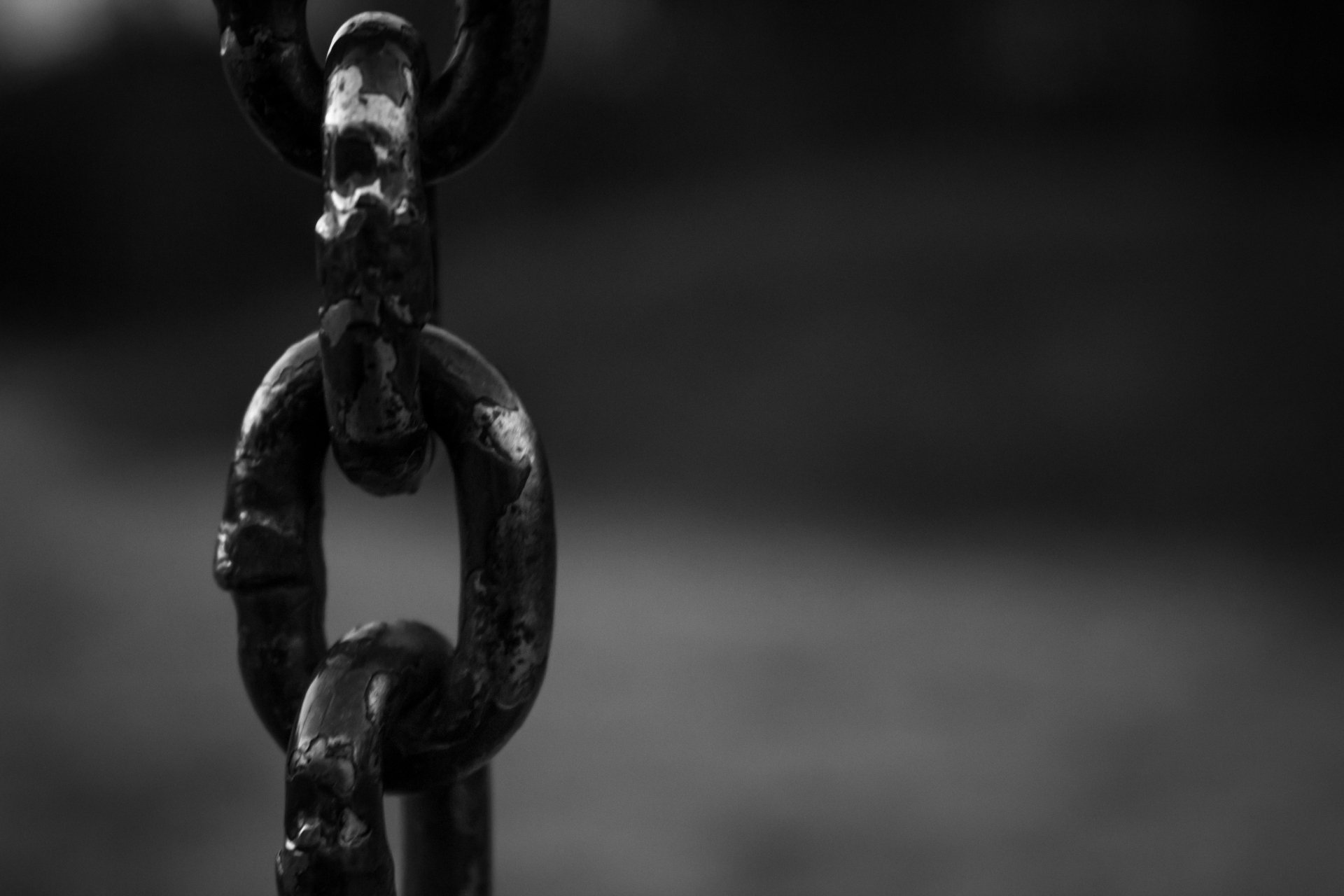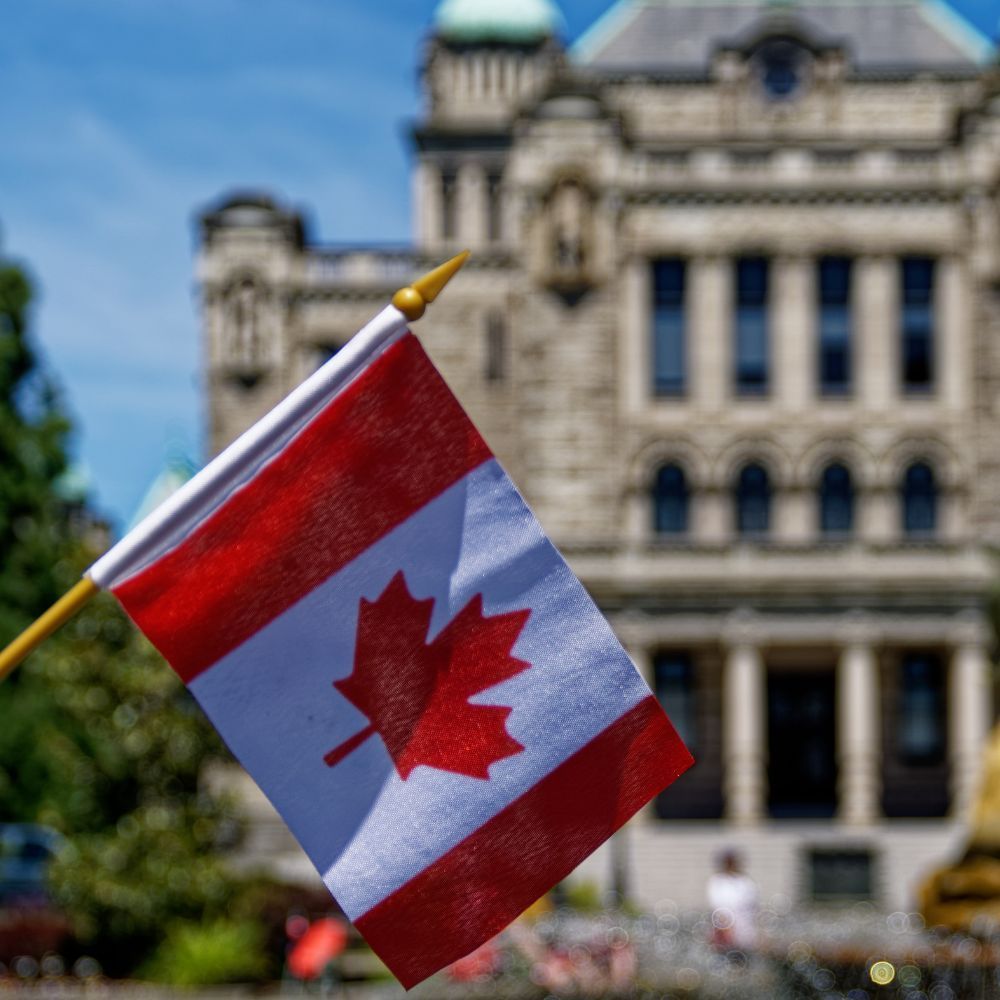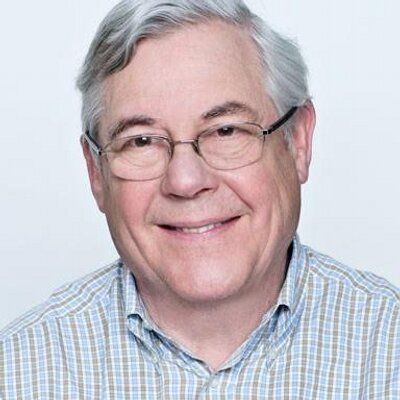What to do About Inhuman Treatment of our Neighbours
Deep moral questions assail us all. The story of the good Samaritan and what Christ said about who is our neighbour is as good a guide to what to think and do about these truly troubling situations which drown our lives.

Our neighbour in the story is a man who has been beaten by thieves and left by the side of the road and needs help. Several good folk pass by him and the Samaritan alone stops and helps. Surely we have to be active in our concern for those who society has beaten up.
Recently for me it is the Indigenous women who for years, as a racialized group, have undergone forced sterilization. First, they were overrepresented when the eugenics movement argued for sterilization of unfit or mentally defective women to enhance the creation of a more desirable white society. This led to legalized sterilization in BC (1933) following Alberta (1928). These acts and the federal Sexual Sterilization Act of 1928 led to the sterilizations, both compulsory and optional of nearly 3000 individuals until these acts were terminated in the early 1970’s. Professor Karen Stote told the Senate committee about coerced sterilization of Indigenous women in federally operated “Indian hospitals” as well. Her research reveals that approximately 1,150 Indigenous women had been sterilized in these hospitals over a 10-year period up until the early 1970s.
The senate committee has been studying the disgusting practice since 2019. The committee learned that it persists despite legislative changes and significant media attention. The committee learned that cases of forced or coerced sterilization continued to be reported as recently as 2018. Its current prevalence is underreported and underestimated. The committee ‘s report states that this “horrific practice” disproportionately affects vulnerable and marginalized groups including Indigenous women, black and racialized women and people with disabilities. Their report says there is no sign that doctors face consequences for acts of coerced sterilization. This could change if a specific criminal offence is created. While forced sterilization could fall under the category of assault in the Criminal Code, the committee said it wants it codified as a crime in law through the passage of its Bill S-250, which would make it an offence punishable by up to 14 years in prison. Indeed, there is no reason the government should not see this Bill through.
Clearly this is a historic wrong that can be righted with a simple solution. Unless there is public pressure, which all of us can apply through our MP’s, I fear it is likely to disappear with more study.
Let’s look at the historic enslavement and gruesome slave trade of Africans to the Americas which I would argue still is a current moral issue which affects deeply a wider slice of Canada’s population than we would like to admit. At the height of the transatlantic trade which saw up to 600 chained captured Africans stacked in rows on three levels of ships barely able to move on a three-month crossing where up to a third died of dysentery and other disease. Three million blacks were shipped to the Americas this way to be sold like chattel to work in the plantations in the southern United States and the West Indies.
We can’t comfort ourselves by saying this in a problem that bedevils only the US. We did have slavery in British North America and New France before it was abolished in 1834 in Britain and its colonies. The same belief was accepted that blacks were subhuman and hence were property.
Aside from hundreds of black and Indigenous slaves in New France, around 3,000 black enslaved men, women, and children were brought into British North America largely by loyalists after the US revolutionary war. By the 1790s, the number of enslaved black people in the Maritimes (New Brunswick, Nova Scotia, and Prince Edward Island) ranged from 1,200 to 2,000. There were about 300 in Lower Canada (Québec), and between 500 and 700 in Upper Canada (Ontario). So there will still be descendants of this group as there will be from the underground railroad which flourished in the 1850s and 1860s when British North America became a popular refuge for slaves fleeing the horrors of plantation life in the American South. In all 30,000 slaves fled to Canada.
Unlike the open armed welcome offered Caucasian refugees, evident now with Ukrainians, sympathy for freed slaves in the Maritimes and those arriving later by the underground railroad in central Canada uncovered very racist attitudes among white colonists in Upper Canada. For every meeting favouring freed slaves there was another demanding an end to black immigration. Some citizens even demanded slaves be sent back. "... let (them)... be free in their own country; let us not countenance their further introduction among us; in a word, let the people of the United States bear the burden of their sins," wrote one colonist.
Freed slaves who had been shipped from New York to the Maritimes following the revolutionary war’s end in 1783, as a reward for their loyalty to Britain in the war found little support and open sometimes violent racism from white loyalists who got better land and supplies.
Over 3,000 freed black refugees who had been loyal to Britain during the war of 1812 were shipped to Nova Scotia from the US. They were settled in an area near Halifax. The sad story of the black community Africville on the outskirts of Halifax goes back to 1848. For over 150 years hundreds of families lived there and built a thriving, close‐knit community. There were stores, a school, a post office and the Seaview United Baptist Church, which was Africville’s spiritual and social centre.
The community was denied normal city services and in 1964 the city decided to relocate its residents, claiming this would improve their living conditions but in fact dispersing the community forced many into becoming wards of the state. The last home was destroyed in 1970 and the many who had no title to their property were granted only $500. An apology for razing the community was finally given by the city and a settlement helped pay for a new Seaview church. But this brutal treatment of blacks in Nova Scotia remains a dark memory for hundreds of black Nova Scotians and their descendants.
We should also consider that until after World War II Canada was a markedly racist nation which affected the lives of the thousands of black people already here. In the early 20th century American segregation and Jim Crow laws and European colonial rule which controlled most of the world’s non-white population affected Canadian attitudes. Blacks were stereotyped as lazy, sexually overactive and genetically inferior. Immigration policies excluded non-European people. This affected immigration from the Caribbean which almost ceased after a small influx of black West Indians were admitted to mine in Cape Breton. After World War I many moved to Montreal and Toronto and became railway porters, bellhops and maids.
Blatant discriminatory practices against blacks were commonplace until the late ‘40’s in restaurants, theatres, on public transportation, public recreational facilities and in housing. Canada had no civil rights movement to fight these practices relying on the brave campaigns mounted by black individuals and organizations.
Finally in 1962 the federal government ended racial discrimination as a feature of the immigration system. This led to a major increase in immigrants from the West Indies resulting in greatly increased numbers of blacks in major cities. In 20 years, the black population has doubled in size, going from 573,860 persons in 1996 to 1,198,540 persons in 2016. Ethnic diversity numbers from the 2021 census will be available in October and will doubtless show a big increase in the black population. Remember that West Indian sugar plantations were infamous for the most brutal treatment of slave workers. Rebellion or misbehaviour was punished at times by whipping to death.
We are a more open and tolerant society today but black discrimination is still fought against by advocates who have been more active than ever in attacking the systemic racism that still exists. More visible campaigns mirrored the Black Lives Matter movement in the US.
Discriminatory treatment by our justice system remains a flashpoint. Amnesty International paints a bleak picture tying this form of racism to historical attitudes and policies: “The way that racism is institutionalized in the justice system, as well as in broader society, is connected to Canada’s long, sordid legacy of perpetrating anti-black racism throughout history with enslavement, exclusionary immigration, and more.” One does not have to look far for examples: That black people accounted for 7.2% of federal offenders in 2018/2019 while comprising 3.5% of Canada's population is a clear demonstration of how our justice system treats blacks. A recent study showed in Toronto that black people are nearly four times more likely to be arrested by police for drug possession compared to their representation in the general population according to arrest data from 2015-2021. A similar situation was found in Ottawa where black people were nearly three times more likely to be arrested for drug possession than their representation in the city’s population.
Then there is the highly controversial issue of police street checks of suspicious individuals, checking identity when no crime is suspected, or “carding”. This became a major media and political issue in Toronto largely fed by a Toronto Star investigation which found that between 2008 and 2012, 1.8 million contact cards were filled out by the Toronto Police Service, involving more than a million individuals, and almost one-quarter of the individuals documented were black. The practice was abolished in Ontario in 2017. But the legal system still shows marked racist tendencies. Amnesty International again: “The 2020 Ontario Human Rights Commission interim report on anti-black racism in policing states that ‘black people in Toronto are up to 20 times more likely to be shot dead by police than white people.’ If you’re black in Halifax, you are six times more likely to be carded by police, compared to white counterparts. In Vancouver statistics currently show that in 2017, 5 % of street checks involved black individuals, who make up only 1 % of the city’s population. Ottawa is no different, where black drivers are stopped 2.3 times more than the dominant population.”
Black History month is over and black students everywhere are becoming more familiar with continuing legacy of slavery which is still affecting their lives, and is present in the continuing and lingering negative attitudes of Canada’s privileged white class. There is much to be done to finally erase all traces of that legacy, in our justice system especially and in the hearts of the white population. Many blacks feel figuratively speaking they are beaten up and in the ditch waiting for a real hand up. All Canadians must work harder to understand the worth and respect this population deserves.
The story of slavery in the US and Canada is a long sad one that has been masterfully told in
the Book of Negroes by Canadian Lawrence Hill. The book is a rich powerful and distressing education on the truth of the slave experience in the 1700’s while exposing the themes of racism, sexism, mental health, trauma, and loss. It is personalized as the story of one young girl who is captured in Africa, transported, and works on a plantation, then is taken to New York where she works for the British and becomes one of the thousands of Blacks resettled in Nova Scotia. She ends up as a witness in the British House of Commons in the debate over ending the slave trade. We owe it to the millions of our black brothers and sisters in this country whose ancestors lived those experiences to at least read it and try and understand the depth of this historic wrong.
Patrick Gossage Insider Political Views




